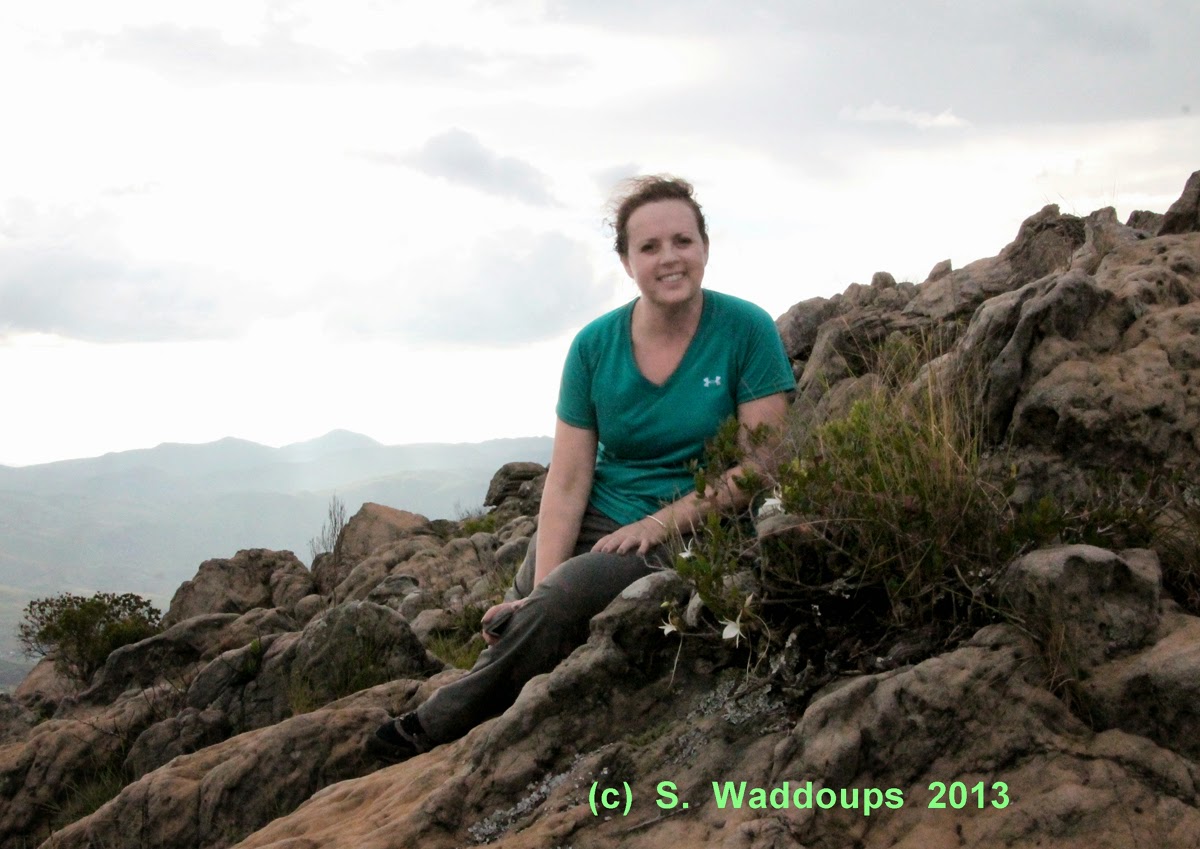This month, the Angraecums blog celebrates it's second birthday. Over the last two years it has grown well beyond the culture of growing Angraecoids. The blog has created questions on which the answers build upon the knowledge of a group of genera that has only been touched upon by a handful of experts and dedicated hobbyists until recently. The Angraecoid group includes so many diverse species in widely different genera, from miniature rainforest species to vining plants to robust lithophytes that there is something for every grower to enjoy.
It is a little understood genus and has been slow in gaining popularity with hobbyists worldwide. The Angraecums blog is giving those hobbyists and serious growers information to help grow beautiful plants and to procue phenomenal, mystical blooms we all crave to see. The blog has attracted so many people with that need to become better growers of this unique Angraecoideae genera. I hope to continue adding material and information that will keep this blog fresh, exciting and full of information that will be beneficial to all who read it.
With that all said, it is my pleasure and my honor to introduce Sarah Waddoups; the founder and creator of the Angraecoid Alliance. In coming months, Sarah and I are hoping to form a solid collaboration dealing with Conservation, Education and Research within the Angraecoideae genera. We hope to promote awareness within the plant group, and to improve information sharing, as well as access to growers and vendors who have plants to offer. I would like to welcome Sarah!
It is a little understood genus and has been slow in gaining popularity with hobbyists worldwide. The Angraecums blog is giving those hobbyists and serious growers information to help grow beautiful plants and to procue phenomenal, mystical blooms we all crave to see. The blog has attracted so many people with that need to become better growers of this unique Angraecoideae genera. I hope to continue adding material and information that will keep this blog fresh, exciting and full of information that will be beneficial to all who read it.
With that all said, it is my pleasure and my honor to introduce Sarah Waddoups; the founder and creator of the Angraecoid Alliance. In coming months, Sarah and I are hoping to form a solid collaboration dealing with Conservation, Education and Research within the Angraecoideae genera. We hope to promote awareness within the plant group, and to improve information sharing, as well as access to growers and vendors who have plants to offer. I would like to welcome Sarah!
Sarah Waddoups and Angraecum rutenbergianumon Mt. Ibity, Madagascar, 2013
Greetings fellow Angraecoid orchid lovers!
Hi, my name is Sarah and I'm an Angraecoid addict!
I've grown orchids for more than 10 years and Angraecoids are a particular passion. My collection is about 850 plants, of which more than half are Angraecoid species and hybrids. I love the elegance of the flowers with their star-shaped blooms and long spurs. And the fragrance is heavenly.
In December of 2013, I spoke about Angraecoid conservation at the International Orchid Conservation Congress' meeting in Isle de la Reunion. And being that close to Madagascar, I couldn't resist. So all told, I spent three weeks of orchid hunting (with my camera) in Isle de la Reunion and Madagascar. While I photographed other orchid genera, you'd be correct to suspect I was really looking for any and all Angraecoids.
Angraecum rutenbergianum, Madagascar
As you most likely know, the habitat for Angraecoid orchids is threatened in Madagascar and tropical Africa. The more I researched, the bleaker the future seemed. Rather than assume that habitat loss and threats to species could not be reduced, I started to consider possible solutions. As a result, The Angraecoid Alliance was created in 2012. The purpose of the Alliance is to promote conservation in-situ, increase the number of rare species cultivated ex-situ and educate growers and the public alike about the need for conservation.
Angraecum expansum, Isle de la Reunion
Ex-situ conservation: Members of the Alliance are actively working to improve and create ex-situ populations of rare and/or threatened species of Angraecoid orchids. Unfortunately, habitat destruction is rampant and ex-situ conservation may be the only way some species will survive. The Alliance's conservation populations are established using plants that are already in cultivation (so no additional plants need to be removed from the remaining populations in-situ). Alliance members donate pollen, set pods on their plants or contribute flasking services to propagate these rare Angraecoids.
Angraecum cucullatum, Isle de la Reunion
In-situ conservation: The Angraecoid Alliance is also exploring the possibility of creating a free-trade nursery in Madagascar. This is a complicated endeavor that will take some time to establish. The objective is to connect the free-trade nursery with nearby habitat in need of conservation. The nursery and conservation area could provide employment for local people and provide an alternative to "tavy" framing where land is burned for agriculture. Further, the world-wide demand for these orchids could be supplied via seed-grown plants.
Angraecum magdalenae, Madagascar
New members are always welcome. Annual dues are $10. You can become a member and follow the Angraecoid Alliance's efforts at www.angraecoids.org .
Follow the Alliance's blog at http://angraecoids.blogspot.com/ and like us on facebook at www.facebook.com/www.angraecoids.org .
You can always contact me and the Alliance directly at angraecoids@gmail.com .




